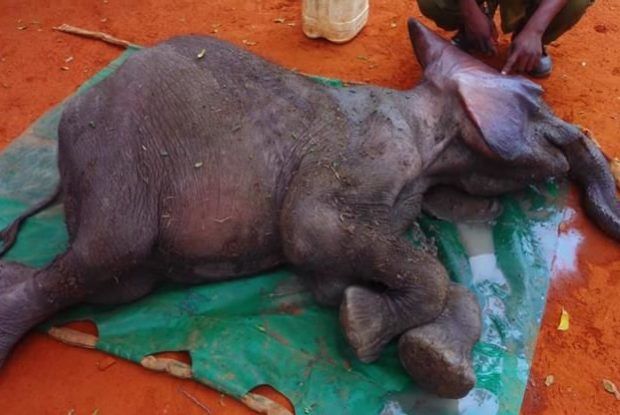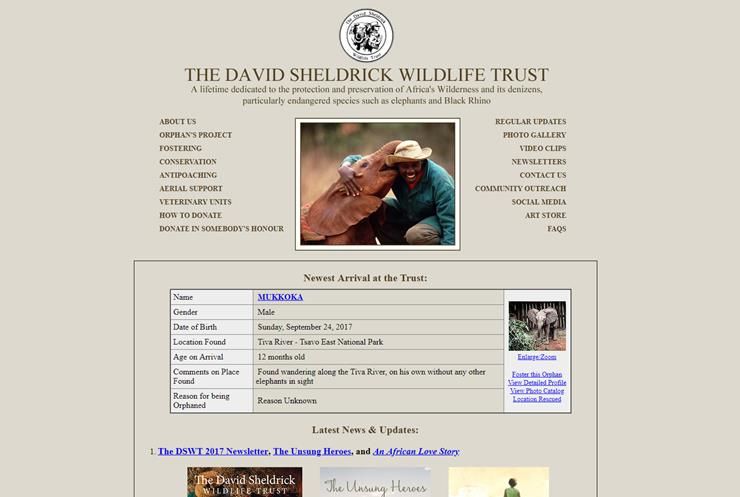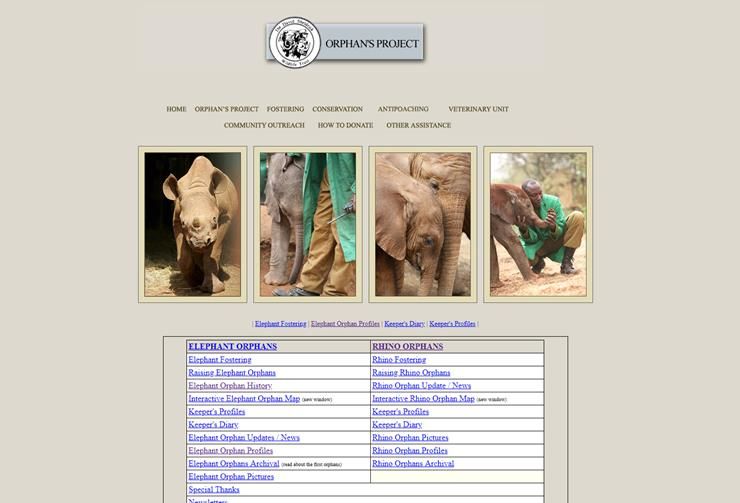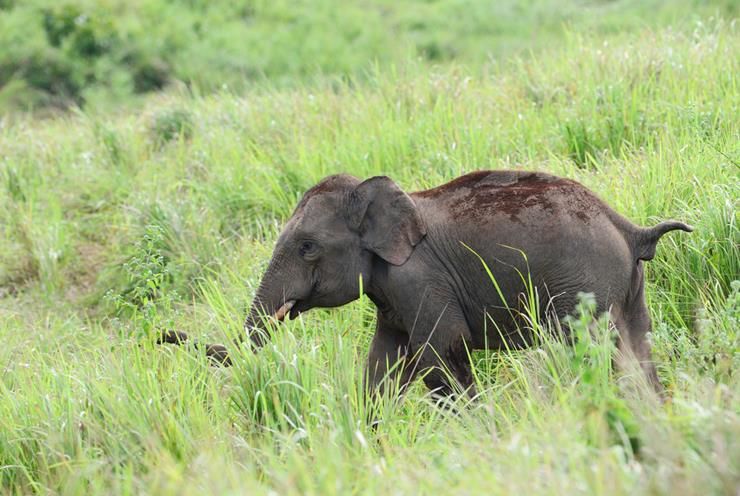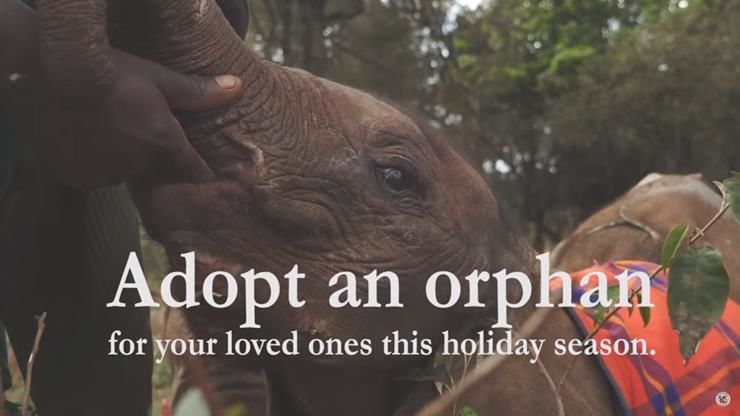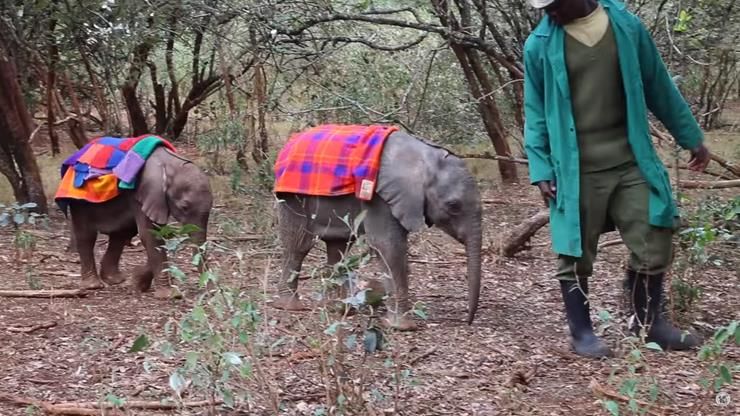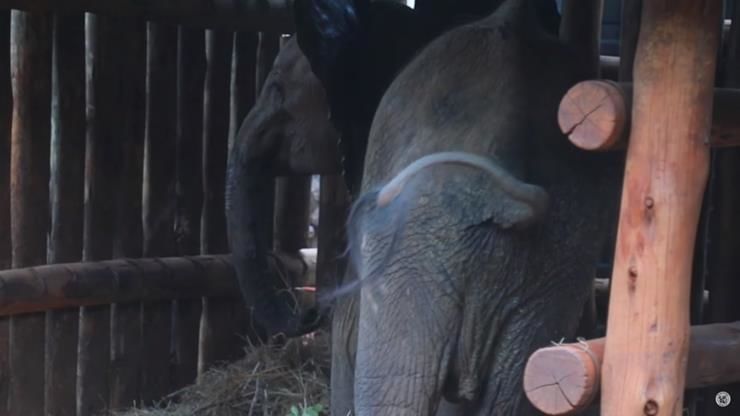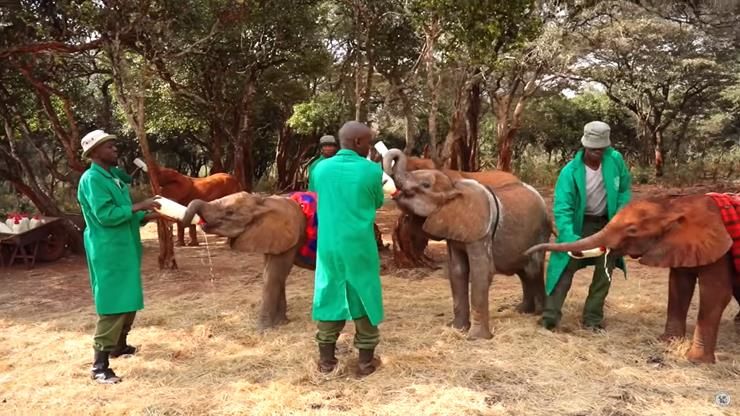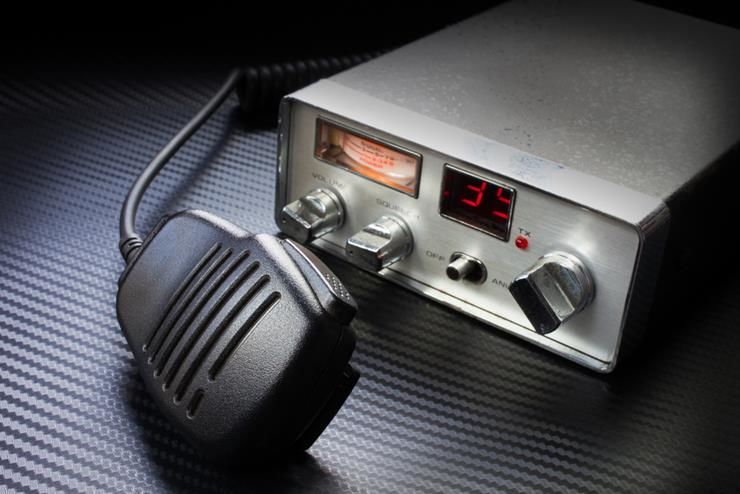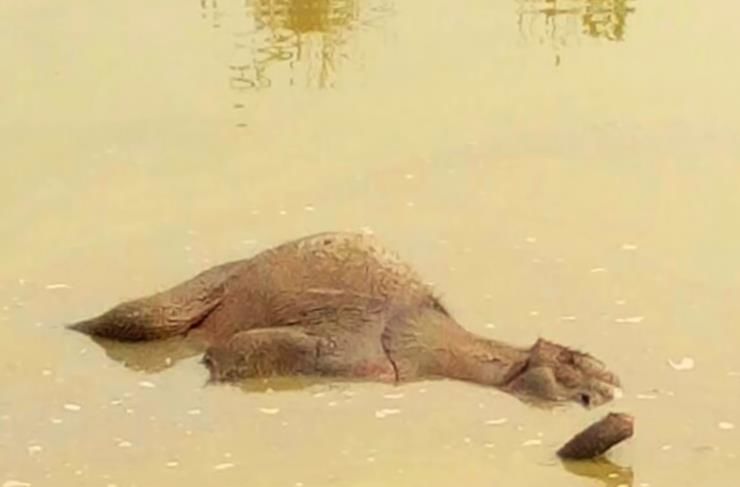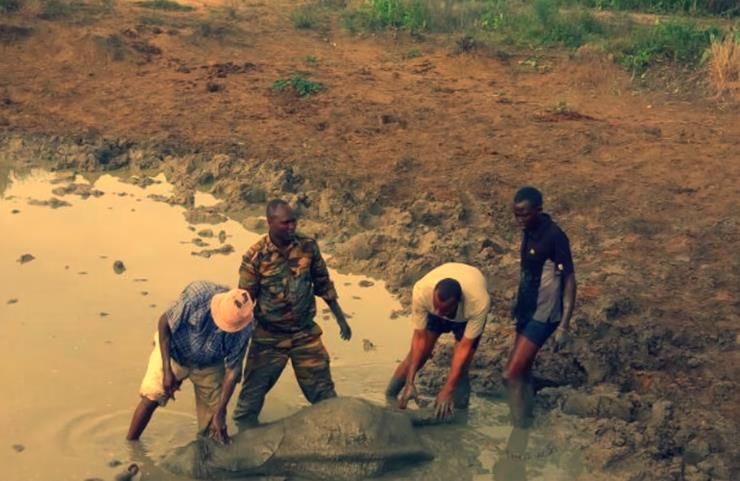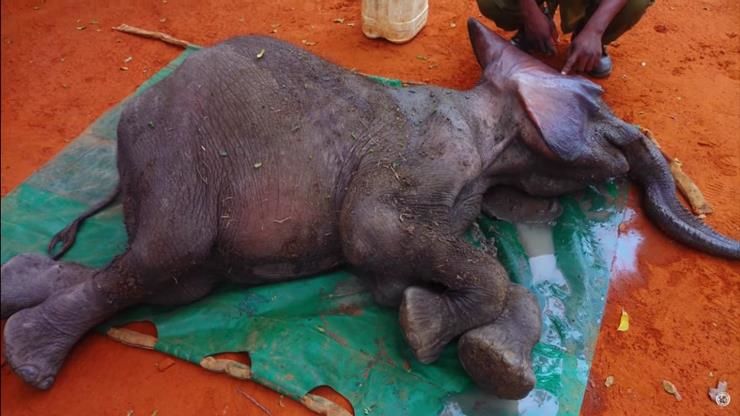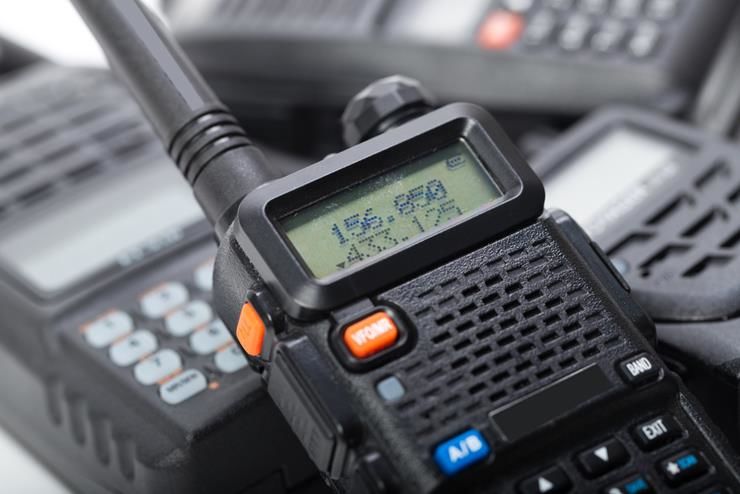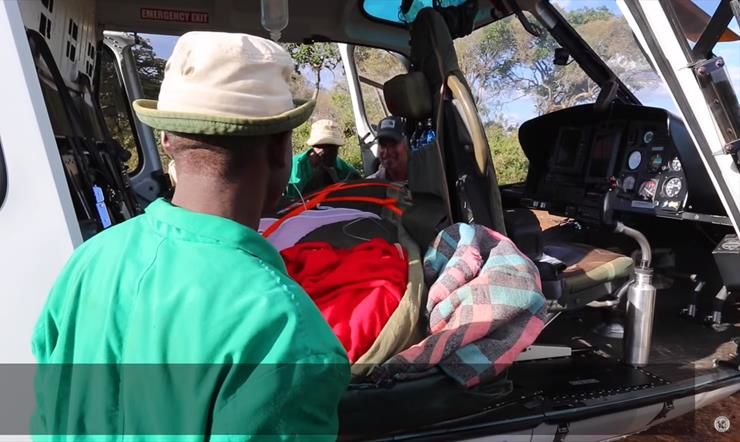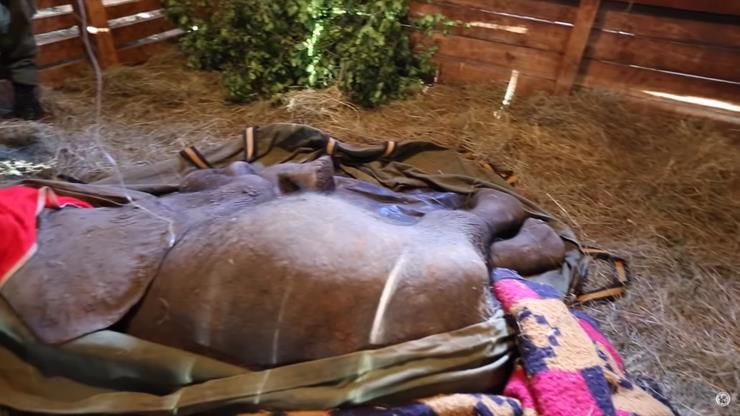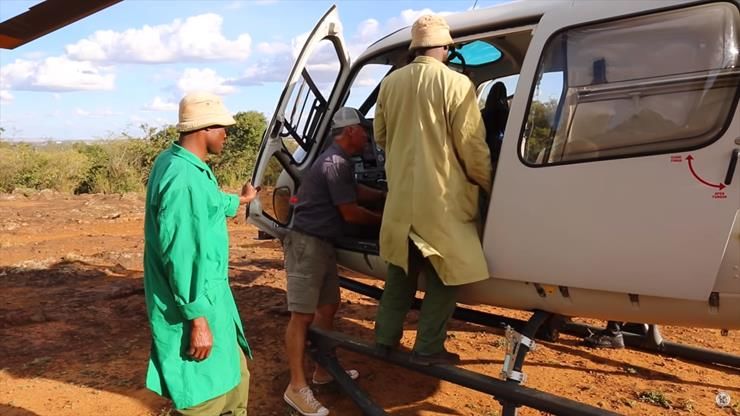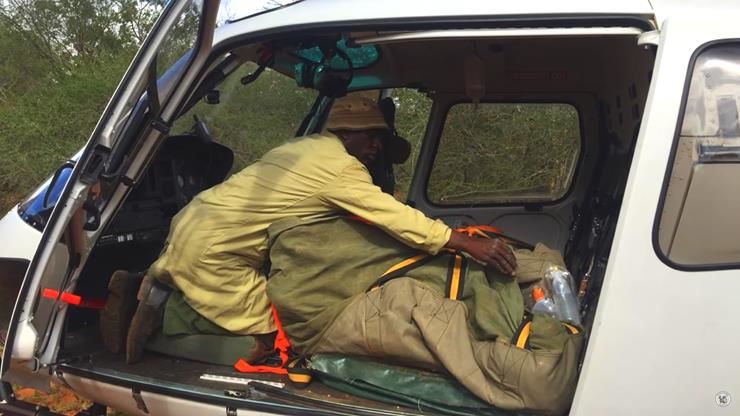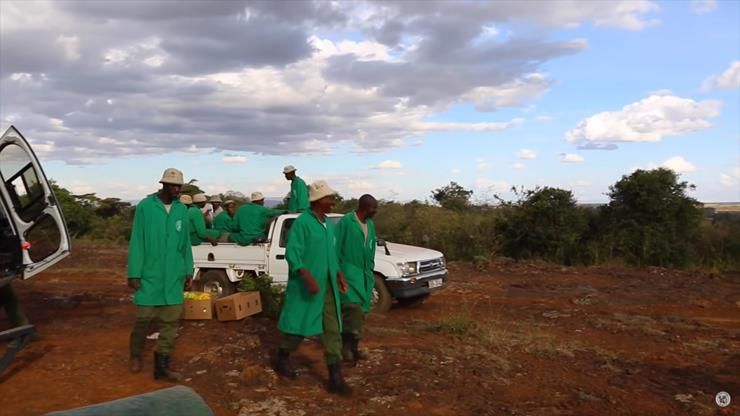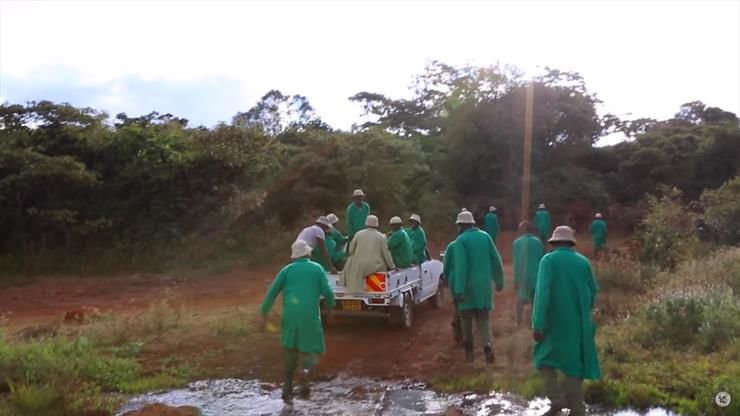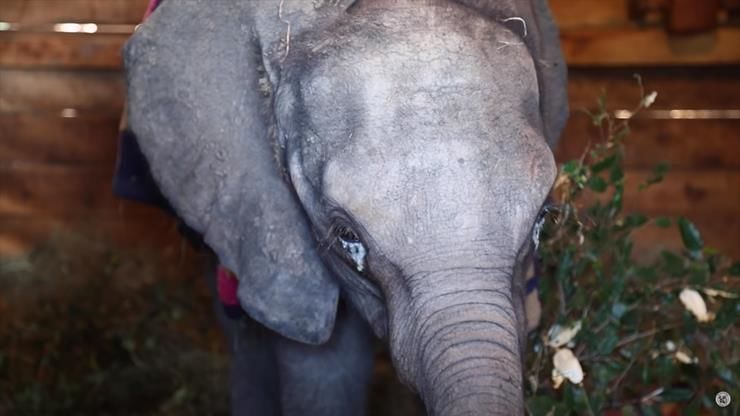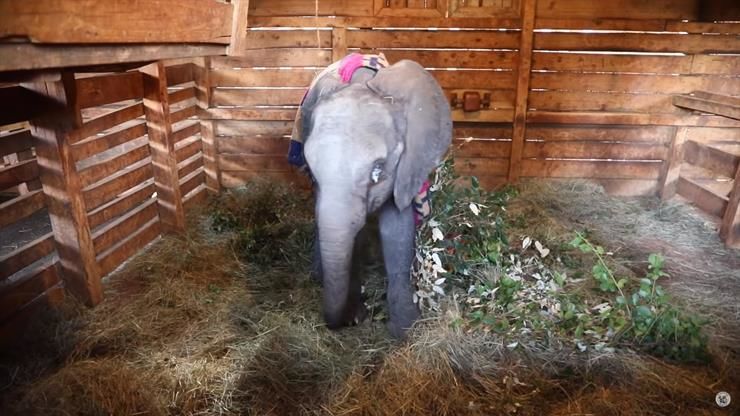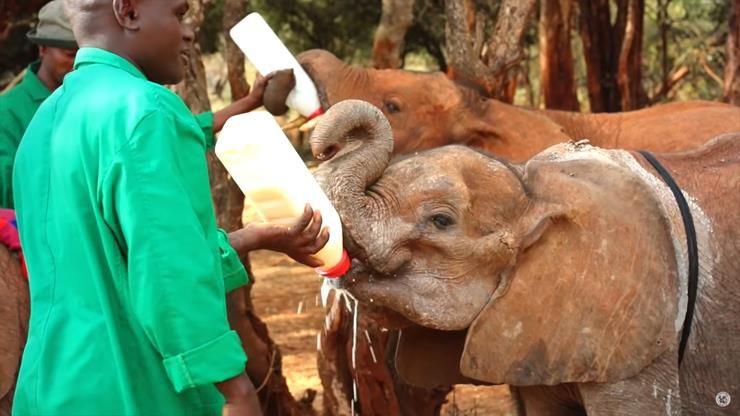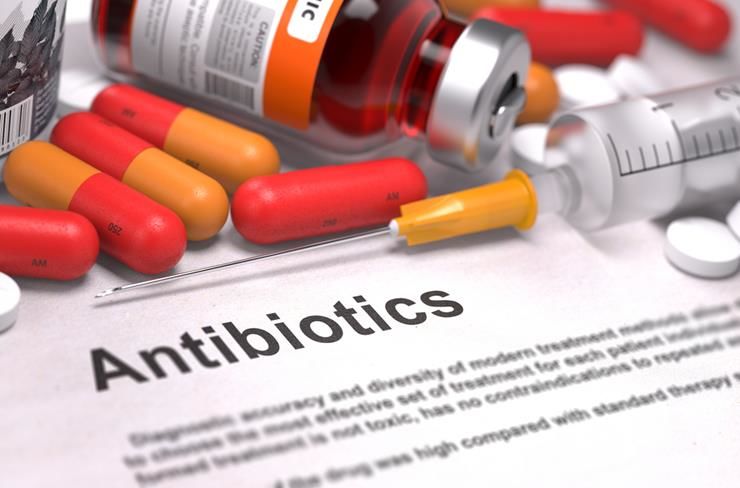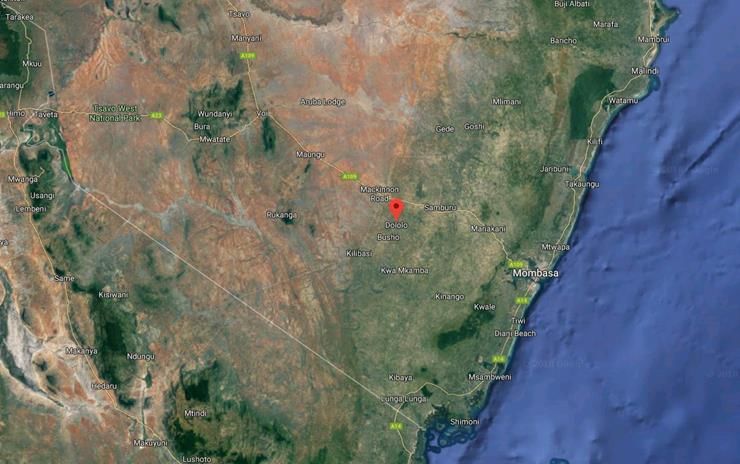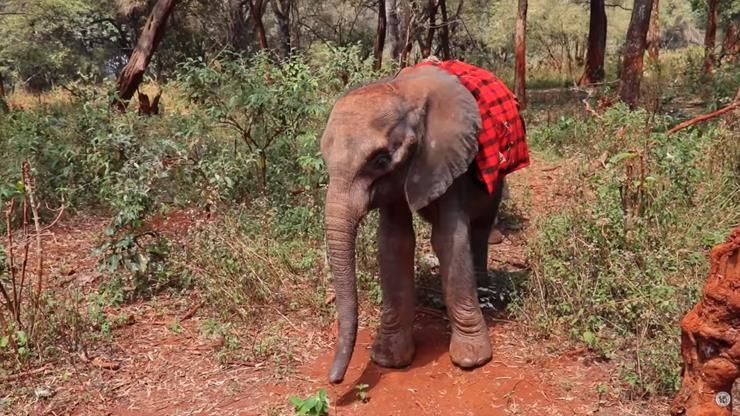The David Sheldrick Wildlife trust is at the forefront when it comes to saving the lives of animals in the wild while ensuring their well-being. The Orphan Project is at the heart of their operation, having achieved world-wide acclaim for their highly successful elephant and rhino rescue missions over the years.
Once elephants and rhinos have been saved by the good people at the Orphan Project, the animals are enrolled in a special program to rehabilitate them. Fighting the constant threat of poaching, The project recently saved a baby elephant from drowning after it became submerged in the Mzee Kirema’s dam outside of Tsavo East National Park.
David Sheldrick Wildlife Trust
The Davis Sheldrick Wildlife Trust, usually known as DSWT, focuses on the protection of elephants, rhinos and other wildlife. Having been involved for the best part of 40 years in saving animals in the wild, the operation is based in Kenya but also helps animals across Africa, from baby elephants to trapped antelopes. The trust’s mission statement notes that animals have “a right to be free, to roam wild, and to be safe in their surroundings.”
Orphans’ Project
The Orphans’ Project is very much the centerpiece of the organization, as they offer hope to Kenya’s threatened elephant community and dwindling rhino populations. Poachers get good money for the ivory and horns they take from these animals, as they also battle against loss of habitat due to human population pressures and conflict, deforestation and drought. But the project’s main love is the baby elephants they raise.
Infant Elephants
The David Sheldrick Wildlife Trust is proud to have hand-raised 150 infant elephants. To add to that achievement, they have also accomplished their long-term conservation priority by effectively reintegrating the orphans back into the wild. Those elephants then go on to have babies of their own who are monitored and checked on a regular basis by employees of the trust.
Fostering Programme
The key to the Orphans’ Project’s success is the Trust’s Fostering Programme. Thousands of kind and generous animal lovers from around the world support the organization both voluntarily and financially. It’s this financial support that is key to the ongoing work continuing to be a success. Some people donate a mandatory $50 per year to the trust, while others donate in the thousands.
Malima and Tamiyoi
Malima and Tamiyoi are two elephant friends who the project saved from the grips of death and hand-reared. They are close friends and have a lot of love for each other. Tamiyoi is the mini-matriarch who likes to spend most of her time with the little ones. Malima is also learning how to be a good mother from her friend who she observes on a daily basis.
Close Neighbors
Inside the compound where the elephants are housed, right next door to Malima and Tamiyoi are Kuishi and Sagala, who were also rescued by the project a while back. These two infants have an interesting relationship. The daily 9 a.m. feedings are a testimony to this interesting dynamic between these two infant elephants.
Got Milk?
When it comes to feeding time the relationship is far more on the hate than the love side as the elephants get down to business. Kuishi is always the one to finish her milk bottle first, and she then tries to get some extra milk from her freind Sagala. Sagala is one step ahead though and reportedly takes her time over her milk, never sharing it with any other elephants. All the infants love feeding time and always rush to their feeders at exactly the right times.
Report Received
In the early morning, a KWS Company Commander working with the Taita Ranches received a report of a submerged baby elephant on privately owned land in the Mzee Kirema’s dam outside of Tsavo East National Park towards Mackinnon Road. Salim Mokomba received the report that community members had watered their livestock the previous night although they didn’t see a baby elephant in distress at the time.
Floating Elephant
By the next morning, the workers discovered the baby elephant floating somewhere in the middle of the dam. No one had any idea how many hours the little elephant had been in distress. The poor little elephant was totally submerged with only its trunk above the surface of the water to breathe. But the conditions in the dam were treacherous, making the rescue of the baby very challenging.
Nasty Slip
The little infant had clearly lost its footing at some point in the dam and was unable to right himself. The rest of his herd saw what had happened to him but were unable to enter the dam themselves to rescue him. After the herd sensed the imminent danger, they left the calf in the dam and were nowhere to be seen when rescuers finally made it to save the baby from drowning.
Wading In
The brave workers, known as KWS Rangers, arrived at the dam and immediately stripped down to their underwear. They reached the calf in the middle of the dam after some time, and as many hands as possible began to push him to safety. Extracting him from the dam was also a challenge as the poor infant was exhausted and could hardly walk on his own. These workers managed to save the infant and transport him to their camp.
Calling For Help
Once the land cruiser had transported the infant to the camp, the KWS Rangers contacted the DSWT funded Tsavo Mobile Veterinary Unit headed by KWS Vet Dr. Poghon. He arrived within the hour along with keepers from the DSWT Voi Relocation Unit. They were very concerned about the state of the calf but were also hopeful for his future. They now needed to decide what to do with him.
Grave Concern
Dr. Pohgon, as well as the rest of the keepers, were gravely concerned about the condition of the rescued calf. They concluded before long that he was a definite candidate for the intensive care that the DSWT nursery could give if he was to survive his ordeal. But time was of the essence as the condition of the calf was deteriorating fast. Poghon called for the DSWT helicopter.
IV Drip
While the helicopter was en-route to help, Dr Poghon stabilized the infant by placing him on an IV drip. His body was splashed with water to keep him cool and to clean away the compacted mud which had caked onto him from the dam. It was now midday, and the temperatures were soaring to record highs for the time of year. Then the helicopter flown by pilot Andy Payne arrived on site.
To Nairobi
The helicopter arrived packed full of all the emergency equipment required for the elephant’s safety. He was flown directly to Nairobi, ensuring his drip was intact as he was transported by air. The drip needed to remain in place for the duration of the flight so that the calf could get the much-needed liquids he needed to recuperate and survive.
Strapped Fast
While it was a challenge to get the calf strapped fast for the flight, the 1.5-hour journey went well. The calf was unable to move and was clearly distressed by this, but with responsive eyes and a quivering trunk, the experts with him knew he would be alright at the end of the day. Then, there was keeper, Kingoo, who personally cared for all the needs of the elephant calf throughout his journey.
Keeper Kingoo
Keeper Kingoo took an immediate shine to the calf and sat with him to comfort him throughout the flight. He also changed his IV drip regularly and ensured that he was as comfortable as possible. When the calf landed at the Nursery, he was carefully offloaded from the helicopter and then loaded onto a pickup truck to be transported. The Nursery keepers were all ready and waiting and had already been briefed about the situation.
Direct Delivery
The KWS helicopter played a vital role in rescuing this calf from death. The beauty of it is that it delivers the calf directly to the site, alleviating all the additional stress and hassle of airports and transport, according to the Orphan’s Project website. Time was truly of the essence for this poor calf and had it not have been for the helicopter delivering him directly to where he needed to be, he could have died.
Nairobi Park
Soon after the helicopter touched down at Nairobi Park, right opposite the Trust Nursery headquarters, the infant elephant was taken to a warm and freshly prepared stable where he received further medical attention. It was touch and go for a while as the calf recuperated, having been through a life-threatening ordeal.
Standing Up
Once the calf had arrived at the stable, he was unstrapped, unwrapped and washed. After he was helped to his feet, he was able to stand for the first time and seemed calm and relaxed despite his new surroundings. He seemed to understand that the people were there to help him and he was reportedly responsive and quiet throughout. Now it was time to see if the traumatized calf could eat.
Warm Milk
Keepers were pleasantly surprised when the calf took a bottle of warm milk, enjoying food for the first time in days. They were even more surprised when he ate from freshly cut greens that were hanging in his stable. Keeper Kingoo didn’t leave his side for a moment and slept in the stable with him on his first night at the Nursery, feeding him warm milk every three hours.
Taking Medication
The calf was eating well, and that was encouraging for the keepers, but his eyes needed medical attention due to being submerged in foul water for so long. He was put on a course of strong antibiotics to curtail the risk of pneumonia. The 18-month-old was then given a name by the staff who were all very fond of him due to his calm and quiet nature.
Named After
They called the calf Dololo, after the region in which he was discovered and rescued. But Dololo was still very weak, and vets weren’t completely sure that he would even survive. Along with an infestation of worms and some other issues, Dololo needed round-the-clock attention for his first few weeks at his new home. As the days passed, the deworming process went well, and Dololo began gaining strength.
Getting Better
After a few weeks of intense treatment, Dololo was getting better and even joined other calves out in the Park during the day. But Dololo is very lucky to have been found when he was as a few more hours could have spelled death for him. The keepers and staff who saved him couldn’t be happier with his progress as they continue their vital mission of saving distressed wildlife who would otherwise perish.
